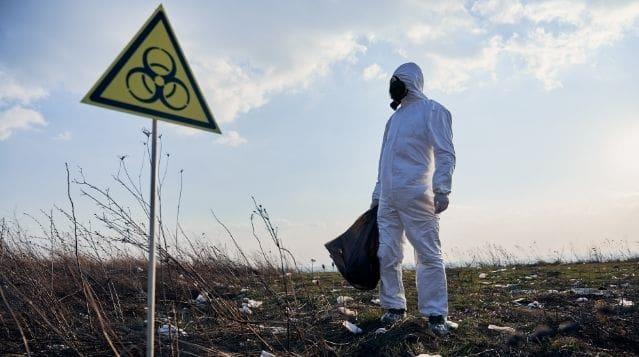- Safety
- Safety Management

HSE Management System
What is a health and safety management system? Learn about the HSE management system definition, its importance, key elements, standards, and practical application.


What is a health and safety management system? Learn about the HSE management system definition, its importance, key elements, standards, and practical application.

Biological hazard examples include viruses, bacteria, fungi, parasites, and toxins. With this guide, learn specific biological hazards that can be encountered day-to-day.

Know what key risk indicators are and their role in organizational risk management and overall operations.

Learn the importance of quality metrics in organizational success, practical strategies and ways to measure them, and a few common examples of how they’re applied to various industries.

Effectively address and manage risks involved in construction projects by understanding how construction risk management works and the challenges that may come with it.

Learn about the ISO 13485 certification, its importance, benefits, process, and some FAQs. Also, see how a digital tool can help you prepare for certification.

This guide will walk you through the following: what the international standard ISO 13485 covers, its importance, how it differs from ISO 9001, and the specific requirements.

This brief guide discusses what Quality Function Deployment (QFD) is, its importance and benefits, its four phases, and some FAQs.

Effectively perform post-construction cleaning to ensure quality and safety standards using post-construction cleaning checklists.

This guide walks you through what food hygiene is, its difference from food safety, its importance, types, and risks of not practicing it. Also, learn about the regulations, training, certification, and audits involved in its implementation.

Learn about internal audit, its functions, and how it’s conducted in assessing organizational operations.